By
Dr. HO Chi-Ping, Patrick (何志平)
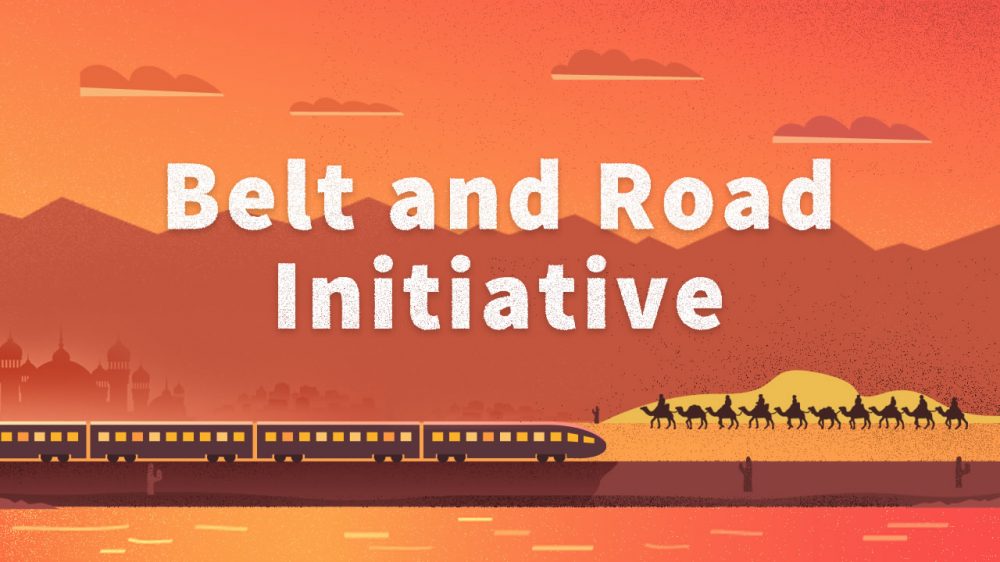
Image Source: Internet
Ever since the first world wars, with the dissolution of the Ottoman Empire, the area of the world known as the Middle East and North Africa (MENA) region has been plagued with political turmoil and incessant wars. Even into the 21stcentury, continuous military confrontations had brought destruction to cities and communities in Palestine, Iran, Iraq, Afghanistan, Syria, and most recently, in the Gaza region.
Looking back at history, for centuries, agriculture remains the foundation of economies of most of the countries in this MENA region, also known as the Fertile Crescent, despite the fact that MENA is the most water-scarce and dry region in the world. The contribution of the agricultural sector to the overall economy varies significantly among countries in the region, ranging, for example, from about 3.2 percent in Saudi Arabia to 13.4 percent in Egypt.
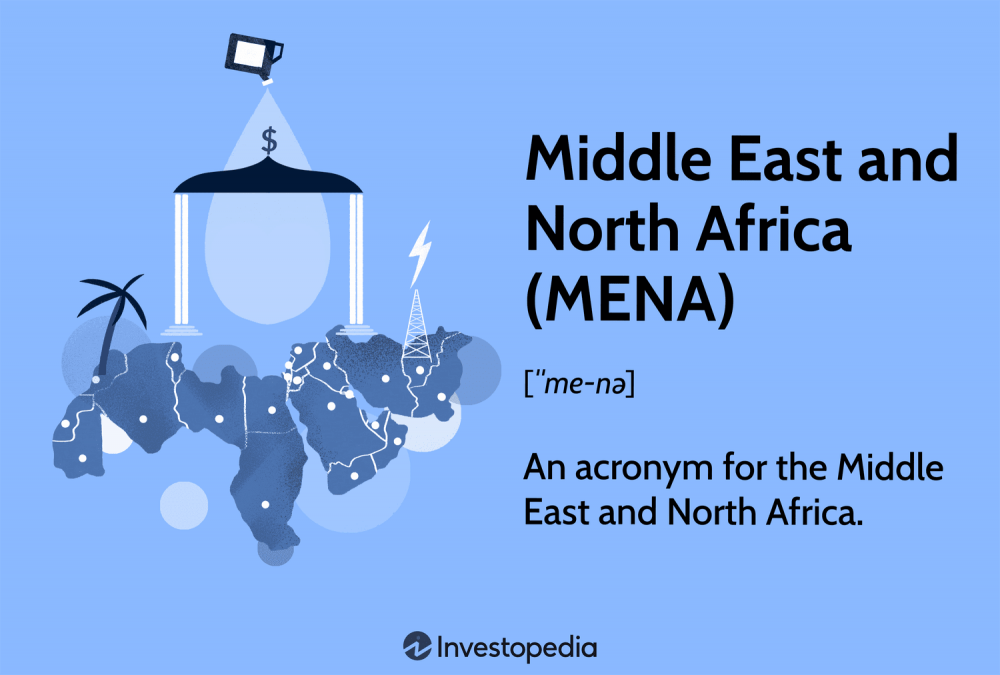
Image Source: Internet
Towards the end of the 19th century, the discovery of oil in the MENA region had attracted foreign and international interests, in the forms of investment, colonialism, exploitation, and upsetting confusions with political and economic displacement of the indigenous agrarian lifestyle and frivolous abuse of the land.
Thus, agricultural development and staple food supply become a serious issue and one of the biggest challenges facing the MENA region. The food gap for the region has been increasing and widening in recent years. Rising food and oil prices and the adverse climatic conditions have further aggravated the food situation for the region amidst the political turmoil.
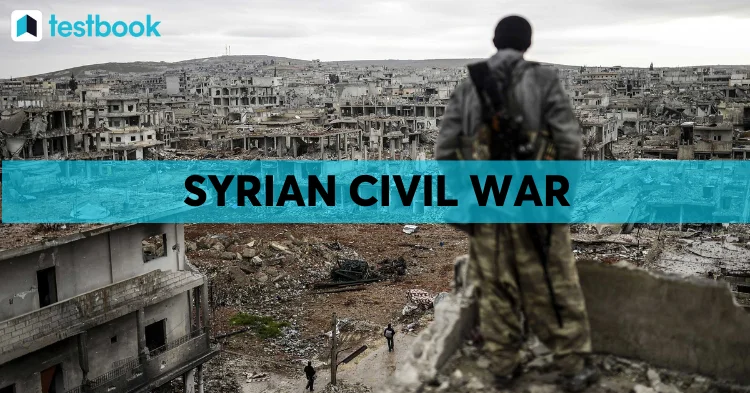
Image Source: Internet
Take Syria as an example, the past few years of war have had disastrous effects on the maintenance of irrigation systems and infrastructure, and they have displaced farming populations, disrupted trade, and caused untold damage to the ecology. The conflict in Syria and the rise of ISIS have displaced half a nation of people and generated the largest humanitarian crisis in the world today. Some 8.7 million people are now suffering from food insecurity, and approximately 80% of people now face poverty with one in three people unable to afford basic foods. In a good year, Syria could produce 4 million tons of wheat, exporting 1.5 million tons. In 2015, just 450,000 tons was produced making the price of wheat 56% higher, according to the World Food Program. This tragic impact is not restricted to Syria. As more than 4 million refugees have flooded out into neighboring countries such as Lebanon, Turkey and Jordan, competition for resources has become an increasing problem.
War and drought are now slowly erasing part of the MENA region, leaving scars behind that will probably never heal. Villages, towns, and entire farming regions are being depopulated by violence, social breakdown, and economic collapse. For every field abandoned, pump engine stolen, water pipe shot or rusted, and farming family forced to flee, their future seems to become yet a little darker.
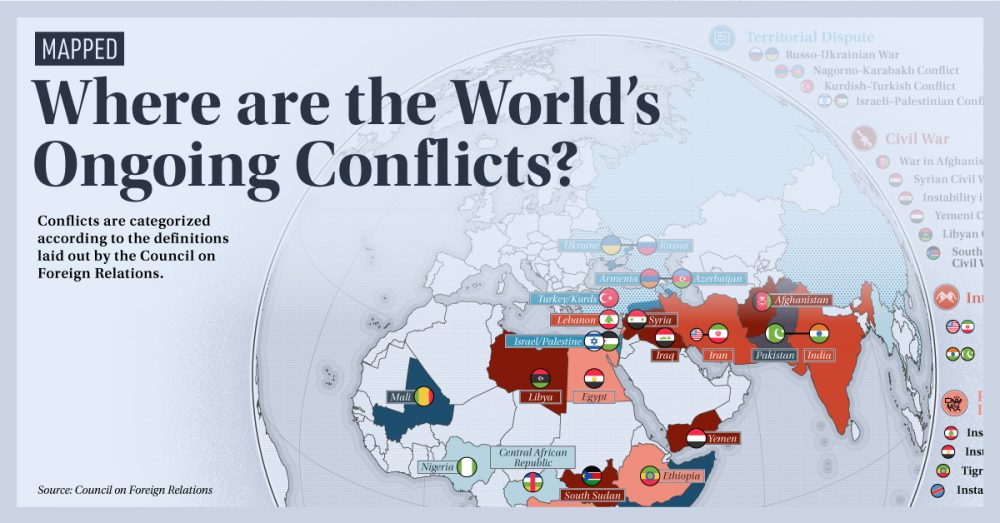
Image Source: Internet
MENA countries had been trampled, torn with war fares and incessant social discord when the entire western world was fighting to get their hands on the oil beneath their soil. The World Conflict Intensity Map clearly shows that the MENA is one of the most dangerous regions in the world with intensive conflicts and unceasing unrests.
Today, many countries in the MENA region were dilapidated, ruined, with the foundations of the economies destroyed. Farmers were left with barren land that had been pillaged and bombed and produced nothing edible and tradable. The local agricultural systems in the region were catastrophically damaged beyond salvation. The unstable politics, dwindling economies, and disrupted communities left many locals and especially young people homeless, jobless, helpless, and in utter despair. Those who have been left behind in desperation and hopelessness, finding no recourse to address systemic unfairness within society, resort to extreme measures to make their voices heard. They joined militant groups in an act of defiance against social injustice levied upon them.

Image Source: Internet
As a result, the subsequent furious rise of radicalization and violent extremism in the MENA region started to trigger endless cultural and religious conflicts and deadly attacks on humanity.
But as the crisis set to continue, what can be done to limit the damage and preserve this region’s economic capabilities for the future?
Some may bring combatting global terrorism to the stage and regard military suppression as a directly effective approach to solve the extreme problems here. Unfortunately, the reality seems to go into a reversed scenario. The Global Terrorism Database (GTD) shows that from 2001 to 2004, about 1416 global terrorist attacks happened every year, resulting in an average annual death toll of 5041 people; between 2012 and 2015, the number of yearly global terrorist attacks increased to 13034, with an average annual death toll of 29268. This means that after 10 years of stepped-up global anti-terrorism efforts, the annual number of terrorist attacks increased by over eight times, and the annual death toll increased more than fourfold. It seems that our world has fallen into an awkward dilemma that “more anti-terrorism strikes cause more fear and death”.
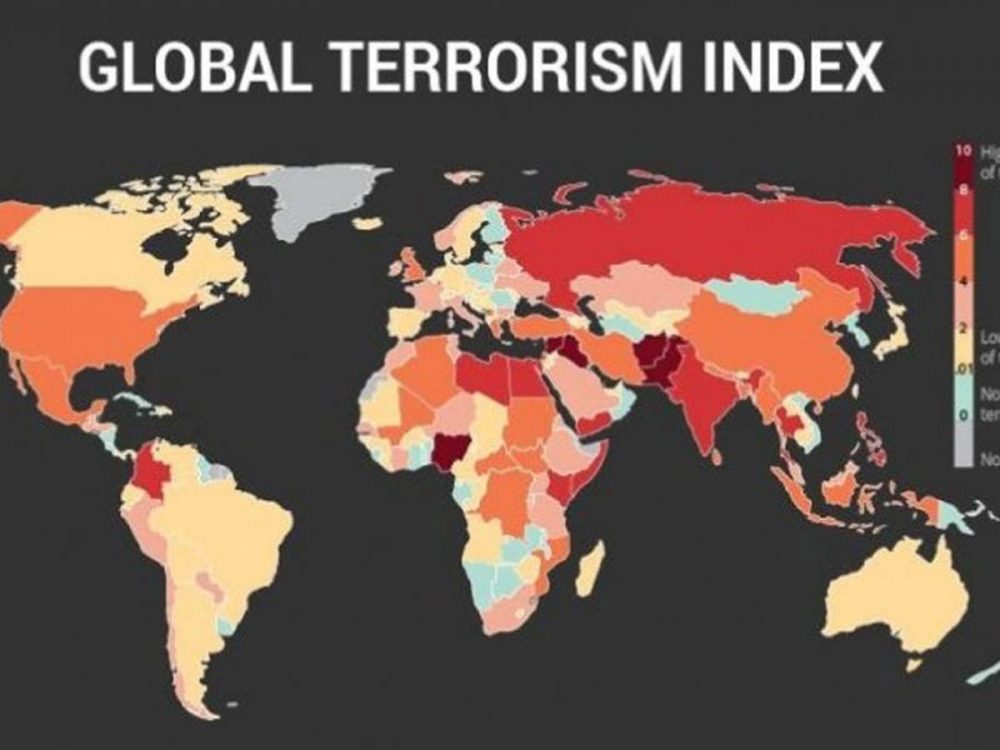
Image Source: Internet
Perhaps we have been addressing only the symptoms without attending to the root of the problem. The political problems in the MENA region cannot be solved by military might alone. Only by changing the underlying socio-economic conditions in those regions can we provide hope and a future for the great mass of young people who today are living in despair, and resorting to desperate measure by joining ISIL , Al Queda, Hamas, and similar formations.Indeed, a stable and prosperous Middle East would be important to the success of not only neighbouring countries, but the whole world.
Yet, currently the region is anything but that. Wars, ethnic strife and poverty have ravaged the region, making the bridging of Asia, Europe and Africa in the spirit of the Belt and Road a daunting task. But now after 20 years of incessant fighting and killing, the American troops have withdrawn. And we are hopeful that the Palestinian-Israeli conflict would soon be resolved through relentless international peace-making effort
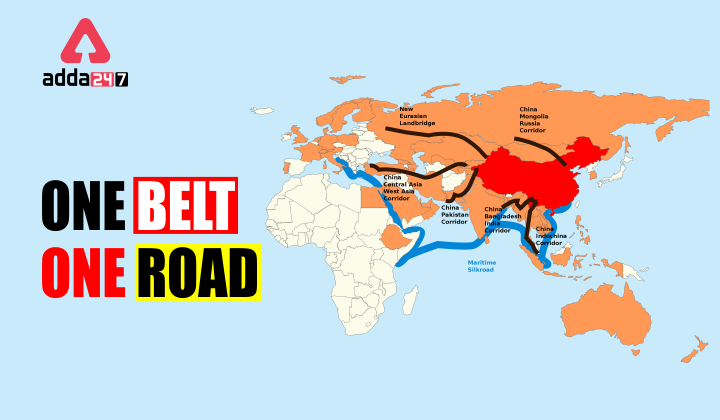
Image Source: Internet
The region will soon have a chance to embark on a rapid and efficient reconstruction effort, including the rebuilding of entire national infrastructures. China , together with its friends, is prepared to work with the local communities to prepare for this day.
Today, China’s Belt and Road Initiative (BRI) runs through the continents of Asia, Europe and Africa, connecting the vibrant East Asian economic circle with a long farming history at one end and the developed European economic circle with advantages in modern agriculture at the other. It links up countries with rich resources and huge potential across vast regions that enjoy advantages and complementarities in agricultural resources, technologies, productivity, and markets.
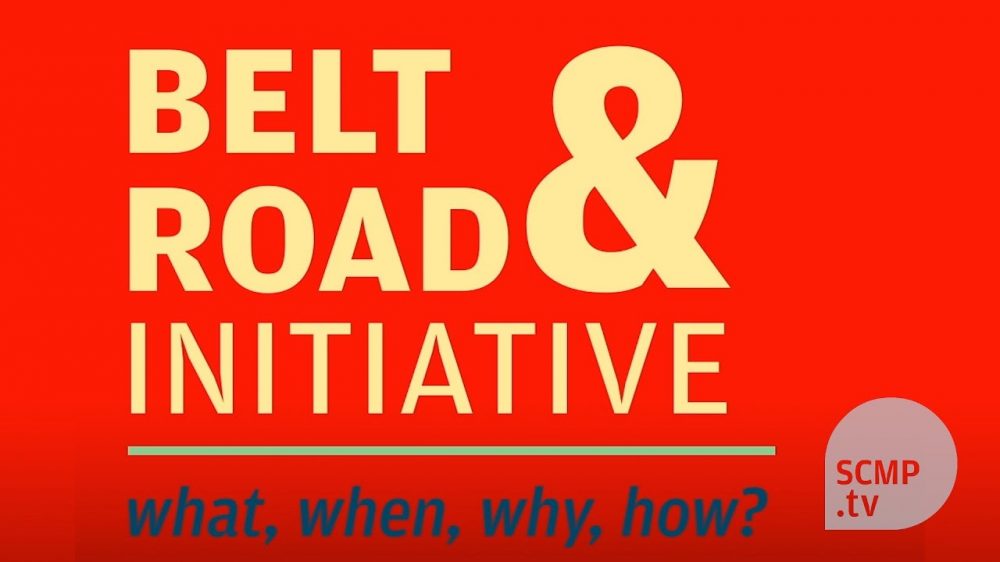
Image Source: Internet
As we can see, agriculture plays an important role in the national economy in BRI countries, and agricultural cooperation is a common pursuit since we all want to fight hunger, eradicate poverty, and achieve food and nutrition security. Therefore, under the Initiative, agricultural cooperation can be a good foothold for BRI countries to build a community of common interests and destiny, so do the MENA countries.
If we bring the BRI and give a hand to those deeply ravaged countries in the region with our advanced agricultural infrastructure projects and reliable agricultural trade and partnerships, maybe these countries will catch a ray of light for their future and reinstate peace, hope, and long-last stability. The BRI is a shared vision and aspiration to plan and implement multiple key projects and build new structure of agricultural cooperation with links running eastward and westward over land and sea, shaping a community of shared interests, shared responsibilities, and shared future.

Image Source: Internet
It is at this juncture that “the Middle East Reconstruction Initiative” (MERCI) may direct attention to addressing the above forlorn situation. The purpose of MERCI is to identify ways to integrate the reconstruction of the Middle East into the framework of the Belt and Road Initiative, to discuss the role of the international community, multilateral development banks and private sector in the reconstruction effort and to draw attention to the need to reach political and economic solutions to the region’s challenges. The agricultural sector is a most pertinent starting point to advance this initiative.
The MENA region, an essential pivot connecting the East and West economic circle of the BRI, is an important link in China’s Belt and Road Initiative. In particular, many countries in this region are or used be major agricultural countries, such as Israel, Iraq and Egypt.

Image Source: Internet
For instance, Israel’s agriculture is the typical success story of a long, hard struggle against adverse land conditions. Over half of Israel’s saline soil is arid or semi-arid and only 20% is arable. Even so, since Israel’s establishment in 1948, the country has almost tripled its land for farming, and production has multiplied 16 times. Today, Israel manages to produce 95% of its own food requirements. Much of this is due to Israel’s advanced agricultural technology, including drip and micro-irrigation, biological pest control, generation of unique breeding & planting software, development of new varieties, development of reusable plastic trays to collect dew from the air, as well as development of algae culture (or Algaculture) for fodder algae, dietary supplements, veterinary pharmaceuticals, cosmetics, bio-plastics and fertilizers. Advanced Israeli agriculture is a great boost for its GDP, and cooperation with the BRI will also help to feed the whole world. We look forward to the day when Israel can reconcile with the Arab and Moslem world to share with them its agricultural experience and technologies in one generous move to embrace peace for the MENA region.
BRI cooperation will bring physical, economic and social infrastructures and introduce agricultural technologies to these war-torn countries and help them build agricultural infrastructure for integrated logistics including storage, processing, transportation and distribution, rebuilding their capacity of land restoration, resource protection and climate resilience, stimulating massive amount of new jobs, as well as generating economic activities addressing the employment concerns of the youth population.
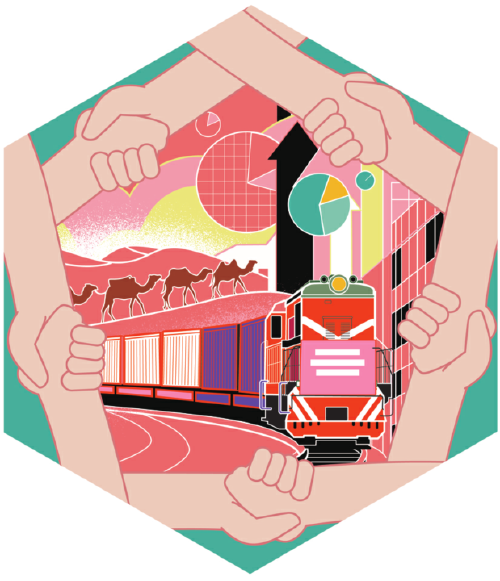
Image Source: Internet
At the same time, we will strengthen knowledge sharing, technology transfer, information communication, and personnel exchanges with the leading agricultural countries in this region. We should also encourage building all kinds of stable, safe and efficient channels for trade of farm products and boost cross-border e-commerce. These modern technological transfer will empower especially the small, medium, and individual enterprises to cope and adjust to a better tomorrow.
Through MERCI, the MENA countries can work together and with China to begin first to reinstate farming infrastructures by reforming farm lands and improving top soil, and modernizing irrigation systems. Next is to enhance connectivity by building roads and transportation systems to distribution hubs and to the markets. Such should be followed by instigating systems of social infrastructures, such as land division, provision of securities to farmers, and financial systems to attract investments. Further exchanges in modern agricultural technologies and know-how, will contribute to agricultural productivity, food security, and finally improving the countries’ overall economic development.

Image Source: Internet
Very interestingly, “MERCI” literally means “thank you” in French, and it is also the homophone of the English word “mercy” meaning “an act of kindness and empathy”. These two hidden meanings very correctly stand for our core idea of putting forward this initiative.
Reconstruction beginning with agricultural systems in the MNEA helps to restore the cultural value of agriculture-oriented society, so that the younger generation can understand the value of being connected to the land, their home land, and value peace of their country.
Agricultural cooperation with the re-introduction of resilient agrarian infrastructures, rebuilding their war-ravaged home and revitalizing their slumped economy, will bring peace, hope, and a future to the people there, and offering harmony and absolution to the rest of the world.
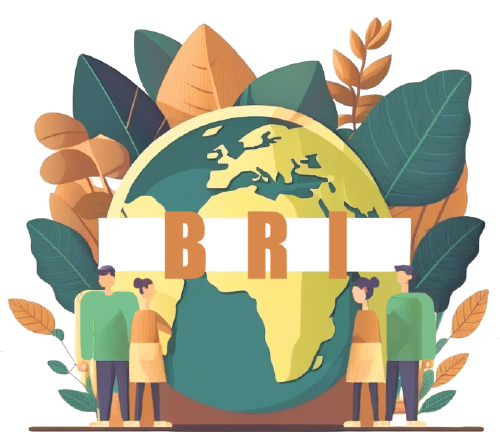
Image Source: Internet
Agricultural cooperation under the BRI and MERCI revives the values of this agricultural based culture, helping countries along the B&R to cope with a wide range of social and political problems and hence fostering harmonious societies. As we share food security, agricultural know-how, and agrarian cultural values, we also share peace.
We are inviting countries and peoples all over the world to share a Vision, a commitment, a common destiny, and a dream – a dream of peace under heaven, and the world as one.
(This paper was compiled with excerpts taken from the Editorial of “BRI- Monograph” published by the China Energy Fund Committee in 2017 in Hong Kong; “Food for Peace” delivered at the High-level Luncheon presentation at the United Nations Headquarter at New York, USA, on July 6, 2017; and “The Middle East Reconstruction Initiative (MERCI) – A Way to Eradicate Terrorism and Bring Peace to the World” a speech delivered at a Press Conference onMay 17, 2017 at Hong Kong Jockey Club Clubhouse, Beijing, China)
Edited by Fang Fang
Proofread by Wang Yan

